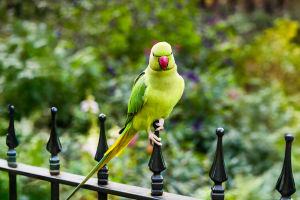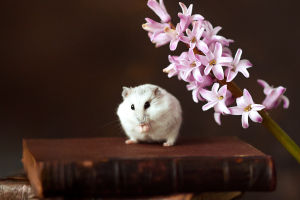Have you ever watched a turtle move across the floor, seemingly taking forever to reach its destination? At first glance, it might seem frustratingly slow. But for children, this slow pace offers a unique lesson: patience. Observing and interacting with a turtle encourages kids to slow down, pay attention, and appreciate gradual progress.
Unlike fast-moving pets that demand immediate engagement, turtles invite a quiet, steady form of interaction. Caring for a turtle naturally creates moments where children must wait and observe. Feeding times, tank cleaning, and watching the turtle explore all require a calm, attentive approach.
These small routines reinforce the idea that some results take time and effort, cultivating patience naturally.
How Turtles Teach Patience?
1. Learning Delayed Gratification
Turtles move slowly, so children quickly understand that rewards aren't instant. Whether waiting for the turtle to finish eating or seeing it move to a new spot, kids learn that patience brings satisfaction. This simple lesson translates to other areas of life, like homework or learning a new skill.
2. Observing Consistent Behavior
Turtles have predictable, steady routines. By watching their consistent habits, children develop focus and learn to appreciate small, repeated efforts. Over time, they internalize that steady actions lead to results, reinforcing the value of persistence.
3. Engaging Through Care
Taking care of a turtle—filling water, arranging basking spots, or providing food—requires careful, deliberate action. This encourages children to slow down and consider each step, improving attention span and teaching responsibility.
Practical Ways to Encourage Patience
Parents can turn turtle care into a structured routine to help children develop patience. Set consistent feeding times and involve children in maintaining the habitat. Encourage observation sessions where the child quietly notes the turtle's behavior. Even ten minutes a day of attentive watching can help kids practice mindfulness and slow-paced focus.
Providing enrichment, like small tunnels or obstacles in the tank, gives turtles a chance to explore while requiring kids to observe and wait for them to navigate these changes. Over time, this nurtures a calm, patient mindset.
Building Emotional Resilience
Patience learned from turtles extends beyond simple waiting. It contributes to emotional resilience. Children who interact with turtles often become more tolerant of delays and setbacks in other areas of life. The slow pace of the turtle encourages a reflective approach, helping kids manage frustration and develop a sense of control over their reactions.
Turtles also provide gentle companionship without overwhelming energy. Their quiet presence creates a low-stress environment where children can engage at their own pace. For kids prone to impulsiveness, this kind of interaction is especially valuable.
Real-Life Impact
Many families report that children who care for turtles develop noticeable improvements in patience and focus. Tasks that once led to frustration, like learning to read or completing a puzzle, become more manageable. Children also begin to appreciate gradual achievements, celebrating progress rather than rushing toward results.
For kids who struggle with impulsivity, turtles offer a calming influence. Their slow and steady presence encourages reflection and measured responses. These subtle but consistent lessons build character over time, helping children navigate life with greater composure and persistence.
Final Thoughts
A turtle may seem like a simple, low-maintenance pet, but its impact on a child's development can be profound. By teaching delayed gratification, focus, and emotional resilience, turtles provide a quiet but powerful form of education. Children learn that good things often take time, and that small, consistent efforts lead to meaningful outcomes.
Spending time with a turtle is more than caring for a pet—it's learning the art of patience, understanding steady progress, and discovering that slow and steady truly can win the race. Through these gentle lessons, children carry the value of patience into many aspects of their lives, long after their turtle has moved on to new adventures in its tank.


